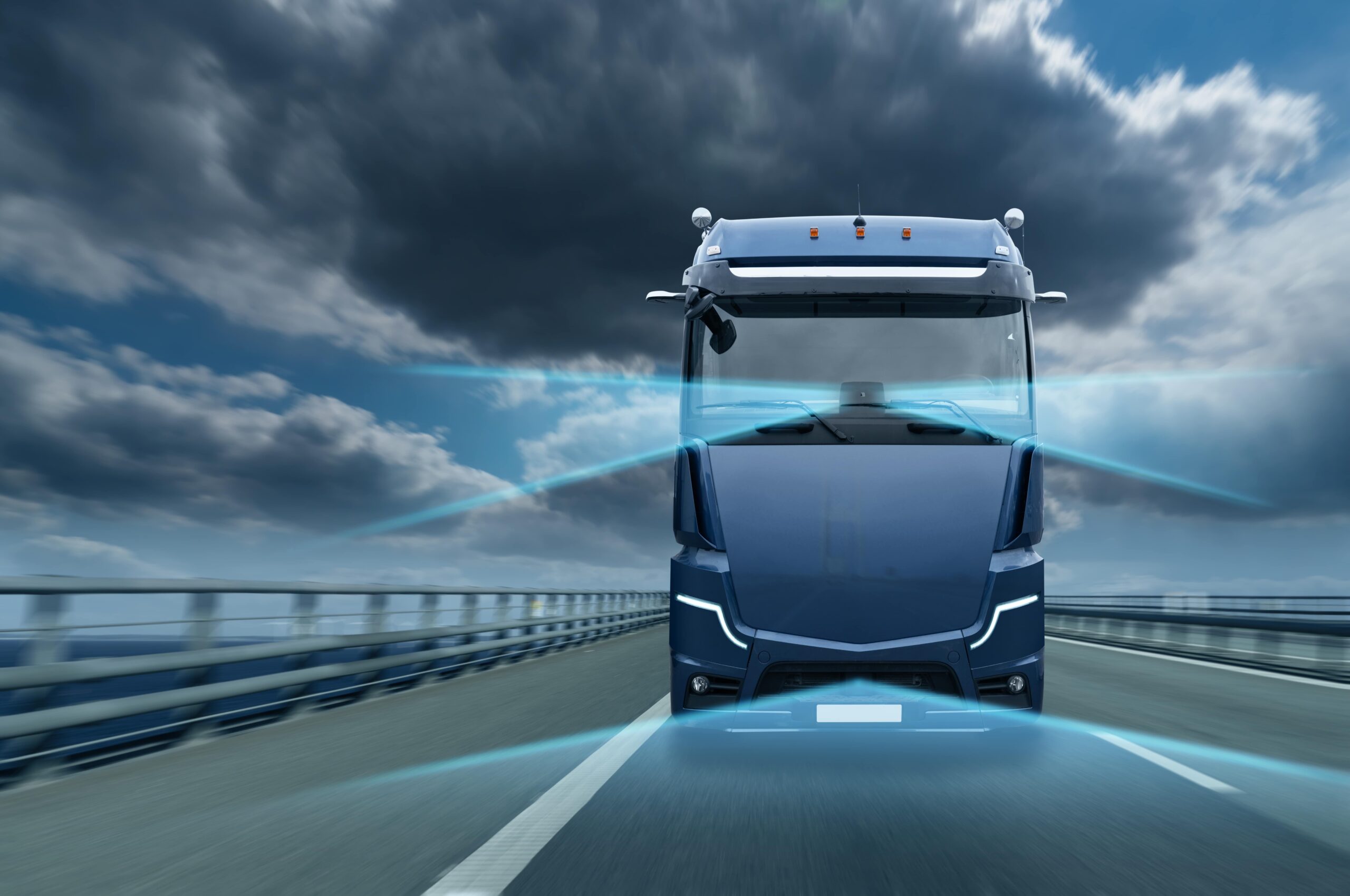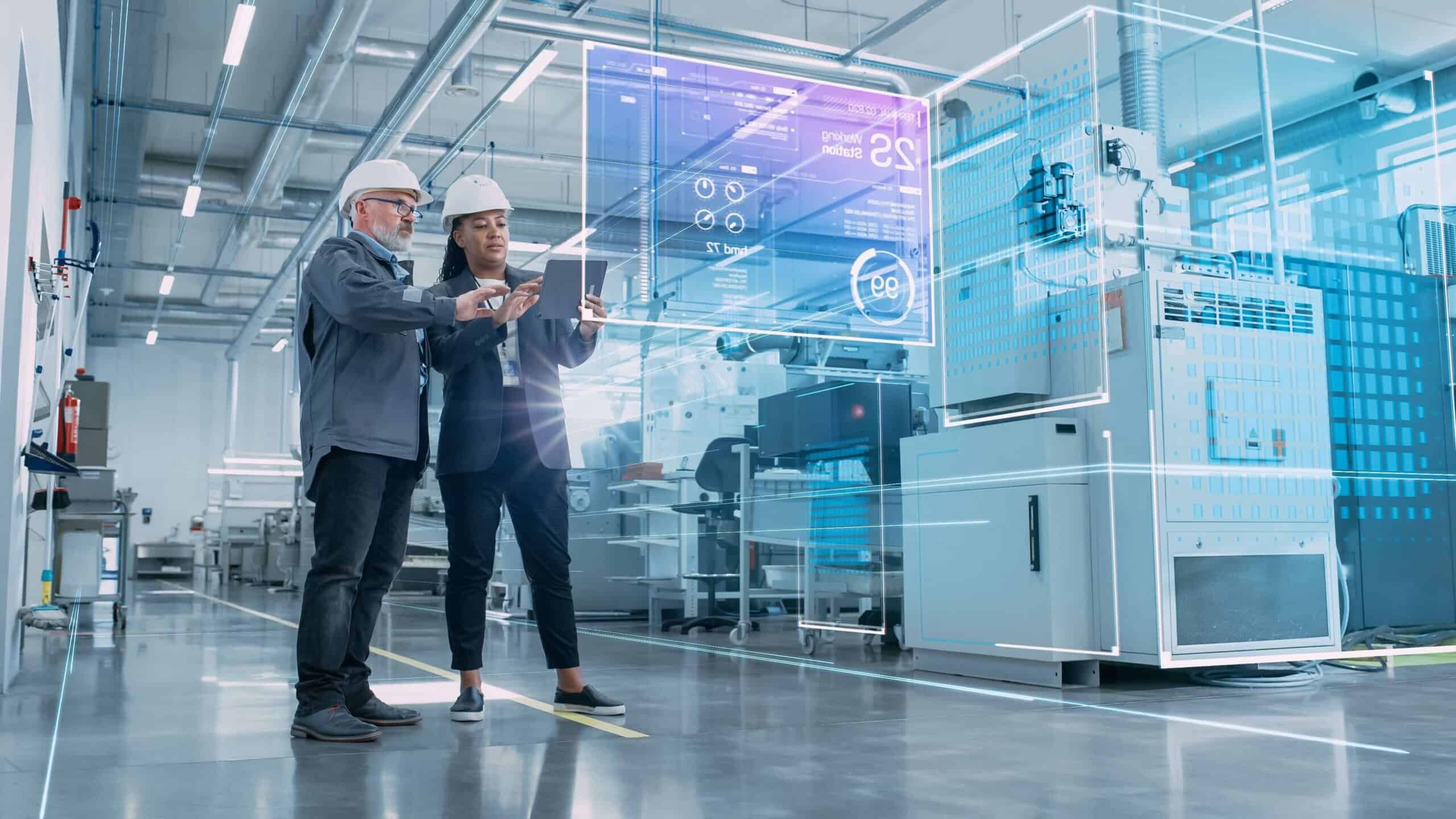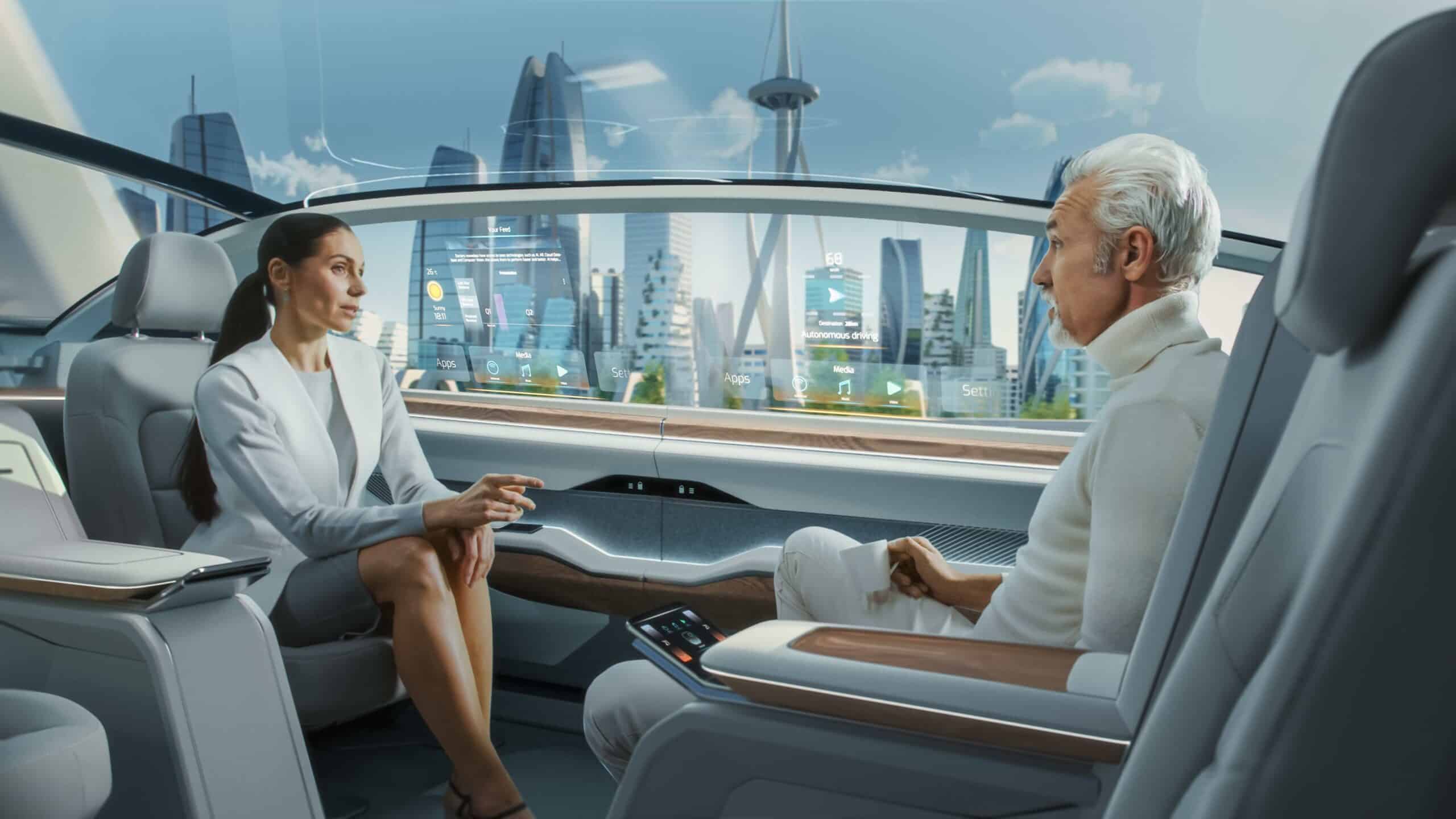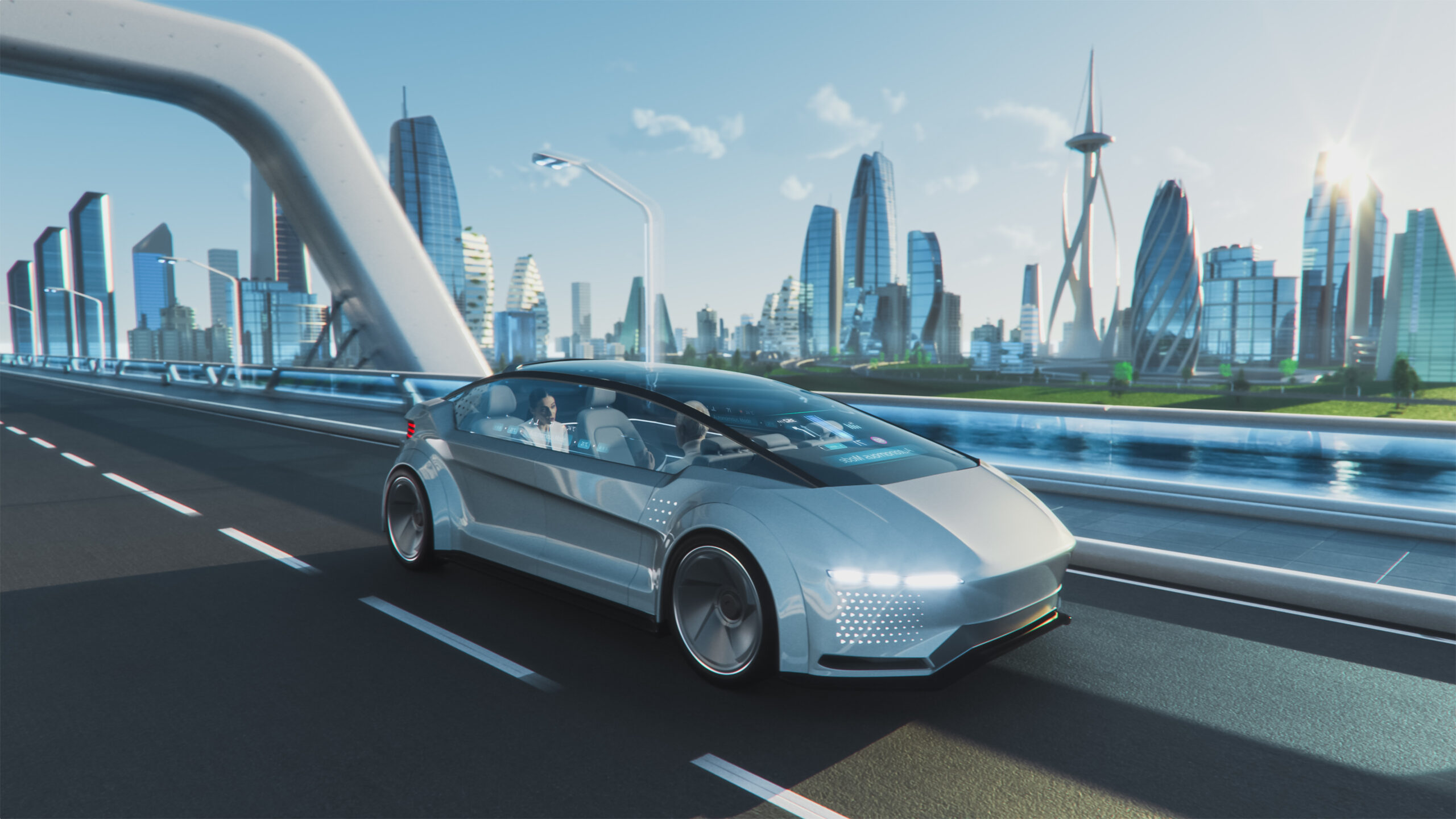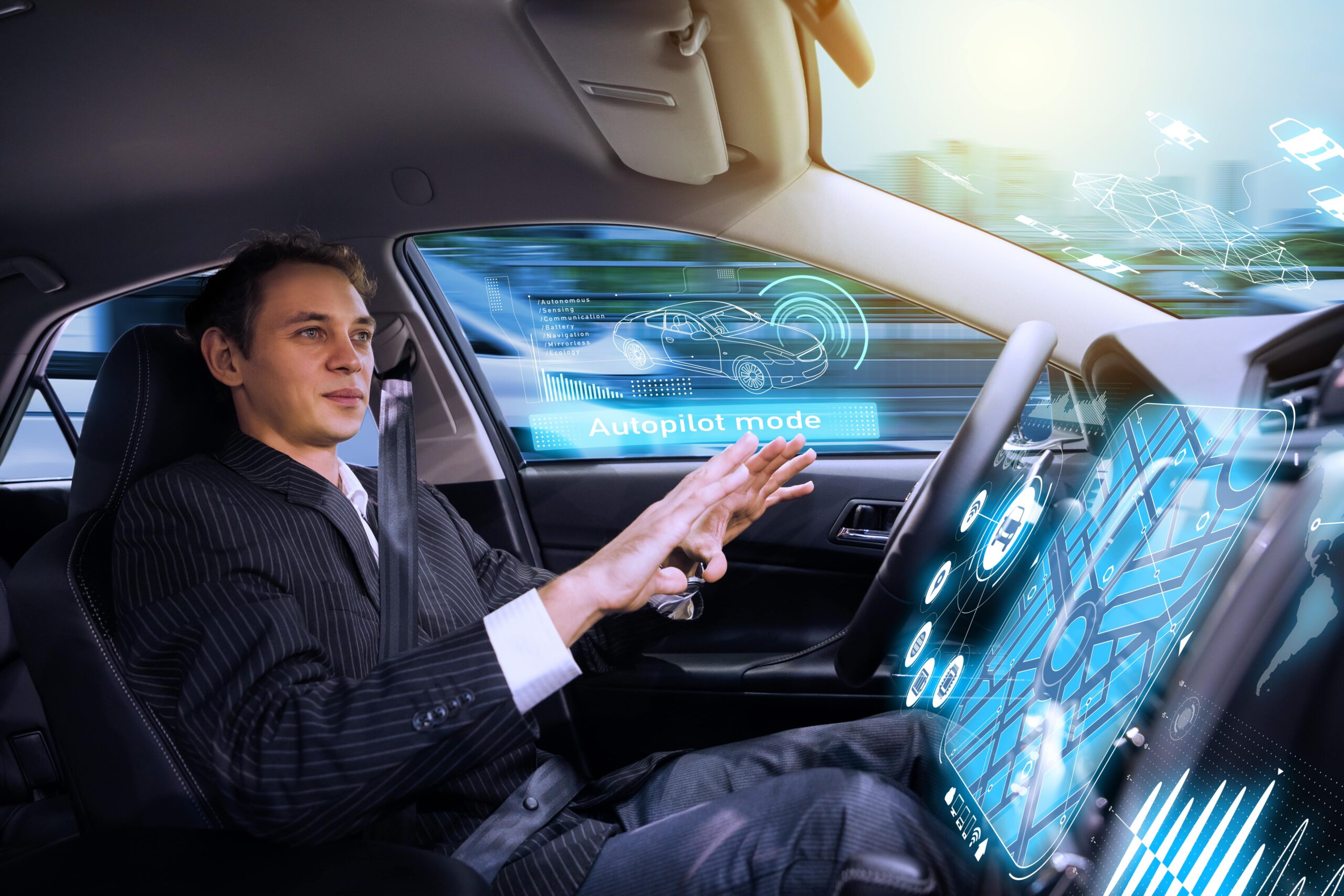- Becoming one with the machine
- How to use computer vision to encourage safer driving
- The truckers’ point of view
The narrative surrounding automation and its impact on employment has been one of apprehension and uncertainty, especially in sectors like transportation, which is viewed as particularly vulnerable to technological disruption. The reality, however, is less about the displacement of jobs and more about the evolution of the trucker’s role in the logistics chain. Recent reports have highlighted the stark issues facing truckers today: the job is not only arduous but also perilous, with driver fatigue playing a role in a significant portion of accidents. According to the National Highway Traffic Safety Administration (NHTSA), nearly a third of all fatal crashes involving large trucks are caused by driver fatigue. Perhaps even more alarmingly, as many as 65 per cent of truck drivers report feeling fatigued while driving, with 13 per cent admitting to falling asleep at the wheel, reveals a survey conducted by the American Transportation Research Institute (ATRI). Clearly, something needs to change. The toll on human lives, coupled with the high rates of driver turnover, presents a rather compelling case for the automation of the industry.
However, that doesn’t mean that the world is ready for fully autonomous trucking just yet. Even if human truck drivers are eventually replaced by their AI counterparts, it promises to be a steady transition rather than a sudden overhaul. It’s a future that holds the potential to not just automate the act of driving but also to address the multifaceted role of truck drivers — which extends beyond the wheel. Over the course of a typical workday, truckers don’t just drive their truck; they also perform maintenance and inspection duties, safeguard the goods, and talk to customers. While some of these tasks may be relatively easy to automate, the same can’t be said for all of them. Furthermore, there are numerous technical, social, legal, and cultural hurdles that need to be acknowledged and addressed before this transition can take place. As we embrace an AI-enhanced future, the implications for the workforce will be profound, forever changing what it means to be a trucker.
Truckers are becoming a new kind of road warrior, part human, part machine. They’re not just driving the truck; in a way, they’re becoming one with it.
Becoming one with the machine
There are many different visions of what this AI-enhanced future of trucking might look like. One scenario envisions humans and machines working side by side. Instead of the solitary trucker of yesteryear, we might see a tag-team effort on the open road. Imagine a trucker sharing the wheel with an AI system — while he sips his coffee and watches for anything out of the ordinary, the robot takes care of the monotonous task of cruising down the interstate. It’s a partnership where each does what they do best: machines churn through miles of highway, and humans step in when the situation gets complicated or when the AI reaches its limits — a perfect division of labour. In the second scenario, the trucker and AI switch back and forth having complete control, giving each other a chance to rest or be on high alert, depending on whose turn it is to navigate the roads. It would be similar to being on a road trip with an old friend, where you switch drivers every few hours.
While these two scenarios aren’t completely out of the realm of possibility, the world of trucking isn’t quite there yet. Right now, it’s more about truckers getting a high-tech upgrade. Think of them suiting up with gadgets that could be straight out of a superhero movie — wearables that monitor their heart rate and attention levels and feed this information right back into the truck’s systems. Thanks to these devices, truckers are becoming a new kind of road warrior, part human, part machine. They’re not just driving the truck; in a way, they’re becoming one with it. Take the SmartCap, for example. Disguised as an ordinary baseball cap or headband, this innovative piece of technology is armed with tiny but powerful sensors embedded within its lining, which can read the wearer’s brain waves right through their hair. As truckers crisscross the country, the SmartCap is hard at work, keeping an eye on their alertness levels by checking in on their brain’s electrical activity. So, what exactly happens when those eyelids start getting heavy? The cap sends a wireless nudge to a display that’s within the driver’s line of sight — think of it like the GPS you have in your car, but instead of directions, it’s giving you a heads-up on how awake you are. And if it picks up on telltale signs of sleepiness, it’s not shy about letting the driver know — it’ll flash and beep to make sure they’re aware.
Similarly, Optalert’s glasses use an LED light monitor to track how often and for how long a driver’s eyes are closed. If their eyelids linger a little too long on the down-low, an alert pops up on a gadget mounted right on the dashboard, kind of like a friendly nudge to wake up. Then there’s this clever headset from Maven Machines. This is not just for listening to music but also checks whether you’re keeping your eyes on the road and counts how often you’re checking your mirrors, which might not happen as much when you’re tired. The headset also checks for any sudden nods or jerks that might mean you’re about to doze off. The headset even notices when you’re braking a bit too hard and can provide useful info about your route or the weather. Another ingenious innovation comes from the brains at Edinburgh’s Integrated Human Factors — a wrist-worn device called FOCUS+. This isn’t just another fitness tracker; it’s a fatigue-fighting powerhouse. It keeps tabs on everything from your heart rate to your perspiration levels, and over time, it learns what’s normal for you. As soon as something seems to be out of the ordinary, it will give you a heads-up. Independent tests at the Light Rail Safety and Standards Board (LRSSB) put the device’s accuracy at an astonishing 98 per cent, making it a game-changer — not just for truckers, but for anyone whose job requires them to stay sharp around the clock.
How to use computer vision to encourage safer driving
Building on the innovations provided by wearable devices, the trucking industry is also increasingly turning to advanced driver-assistance systems to enhance road safety even further. Picture cameras peering intently at the driver, looking for the telltale signs of tired eyes and wandering attention. That’s what companies like Seeing Machines are doing: putting computer vision to work in a bid to outsmart the silent danger of driver fatigue. These aren’t just any cameras — they’re like high-tech copilots, trained to pick up on the slightest droop of the eyelids or a head that starts to nod off. The moment a driver seems to be slipping, the camera catches it, triggering an alarm. The system even sends a video clip of the driver’s drowsy moment to their manager, while a buzz from the driver’s seat delivers a firm wake-up call. Of course this is not about getting drivers in trouble; it’s about keeping them — and everyone else on the road — safe. It might seem a bit over the top, but the statistics are hard to argue with: the Guardian system Seeing Machines have been shown to slash fatigue-related incidents by an impressive 90 per cent, as corroborated by data from billions of kilometres of trucking journeys. It’s like having a guardian angel on board, making sure every driver gets home safely.
Similarly, Nauto is a tiny device that can be easily attached to the windshield of a truck or any other vehicle. It uses computer vision to monitor both the road ahead and the driver’s actions. When it spots a lapse in attention or a risky manoeuvre, the device will give a friendly beep or a gentle spoken nudge to steer the driver back on course. According to Stefan Heck, the founder and CEO of Nauto, this nudge slashes the risk of crashes by 25 per cent. Additionally, Heck claims that his device can help drivers reduce the number of distractions by up to 80 per cent within the first week of use. As drivers become more attuned to the road, they’re better equipped to swerve away from not just their own errors but also from the unpredictable actions of other drivers. Privacy concerns are minimal with Nauto. While it has the capability to record, it doesn’t keep a constant watch. Fleet managers can customise what gets recorded, from near-misses to actual collisions, ensuring that drivers don’t feel like they’re under constant surveillance. With recordings capturing less than half a per cent of drive time, singing out loud or chatting on the phone remains personal — unless it leads to an incident. And when something does happen, Nauto’s quick to catch it, which means faster help for everyone involved.
Truckers often perceive the high level of monitoring by AI technologies as an intrusive form of micromanagement that probes deeply into their work lives, suggesting an underlying distrust of their capabilities.
The truckers’ point of view
The introduction of AI into the trucking industry has been met with a mix of emotions from those behind the wheel. Truckers often perceive the high level of monitoring by AI technologies as an intrusive form of micromanagement that probes deeply into their work lives, suggesting an underlying distrust of their capabilities. This sentiment cuts to the core of the current state of AI in trucking: it’s there to pinpoint human weakness, providing oversight in a way that feels all too personal and invasive. Contrasting sharply with the public’s dialogue around AI — which often revolves around the fear of job displacement — the reality for truckers is more nuanced. They aren’t yet passing the torch to autonomous entities or sharing their long-haul routes with robotic companions. Instead, they’re grappling with a different kind of challenge: an encroachment on their professional autonomy and a blending of man and machine that feels neither seamless nor welcome.
Karen Levy, an associate professor in the Department of Information Science at Cornell University, isn’t dismissing the safety perks that AI gadgets claim to offer. But, she’s quick to point out that these tools are just sticking plasters on the real issue: the chronic tiredness that truckers battle with. The real problem, as she sees it, isn’t just about keeping drivers alert with gadgets — it’s about the long, unpaid hours waiting at loading bays, a practice that drains them before they even hit the road again. Levy’s fix isn’t more tech — it’s a change in the industry’s approach: speed up the load times, pay drivers for their wait, and give businesses a nudge to make these changes with some well-placed incentives. She’s not just talking about band-aids; she’s calling for a full-system overhaul to make life on the road better for truckers and to keep the wheels of commerce spinning more smoothly.
As we map out the future of trucking, we need to prioritise truckers’ experiences and needs, ensuring every kilometre is driven efficiently, every driver’s time is respected, and each journey is conducted under safe and fair working conditions.
Closing thoughts
As the sun sets on another day of highways crisscrossed with tire tracks, truckers clock out with more than just miles under their belts — they’re carrying the weight of an industry at a crossroads with technology. AI, the new companion in every vehicle, promises a safer tomorrow, but at what cost to the truckers’ peace of mind? It’s a tale of two journeys: one where the wheels of progress spin forward, and the other where the soul of the open road feels like it’s being left behind. The true measure of success in this tech-driven era won’t just be in the algorithms and alerts, but in how we honour the human hands that have steered us through storms and starlit nights alike. As we navigate this shift, the future unfolds with questions as open-ended as the roads themselves. Will technology’s role in the vehicle evolve from overseer to ally? Can we find a way for innovation to fuel not just engines, but also the spirit of those who drive them? The answers may not be in the rearview mirror yet, but one thing is clear: the road ahead will be shaped by our willingness to listen to the heartbeat of the industry — the drivers themselves. As we map out the future of trucking, we need to prioritise truckers’ experiences and needs, ensuring every kilometre is driven efficiently, every driver’s time is respected, and each journey is conducted under safe and fair working conditions.
